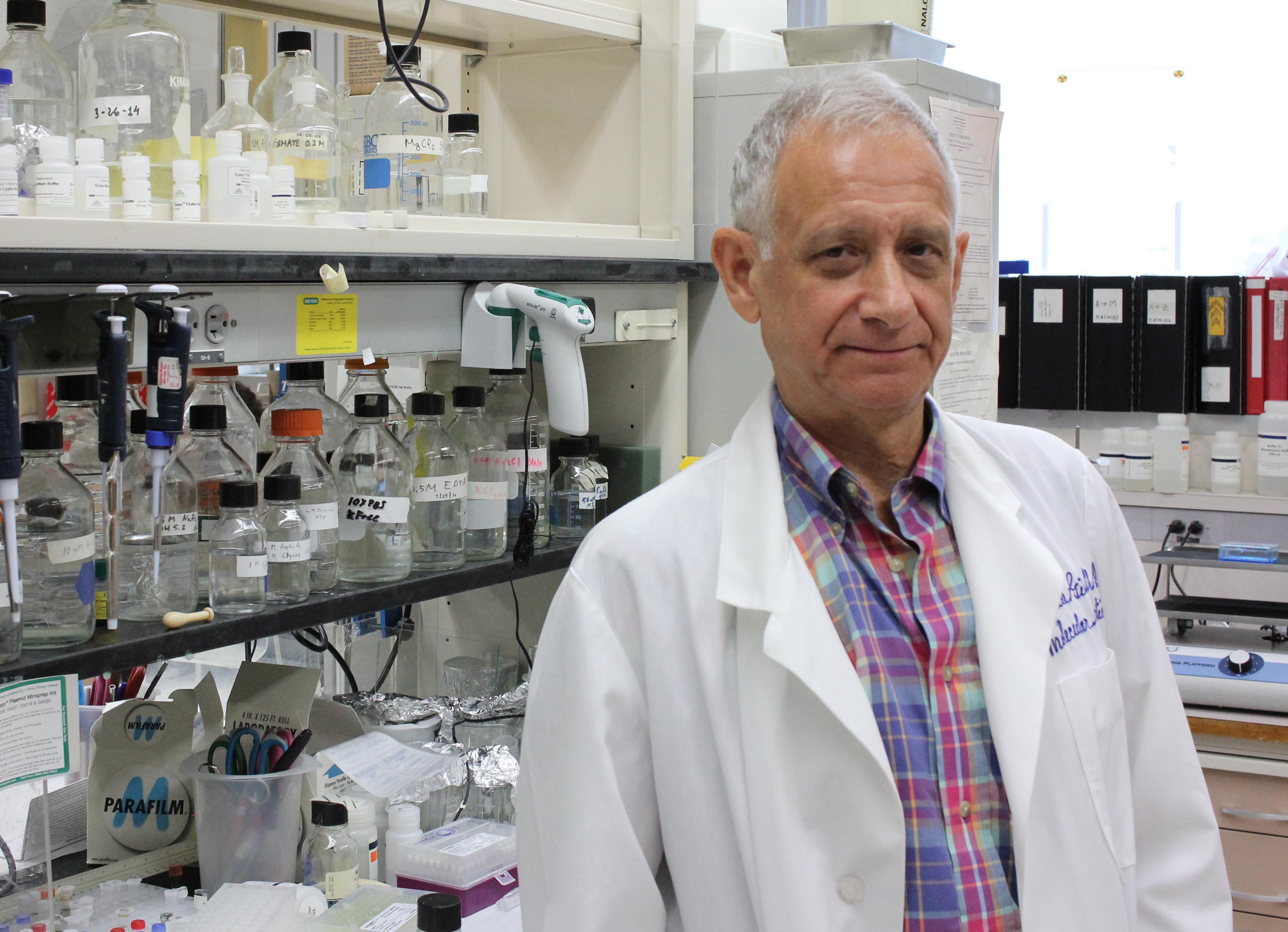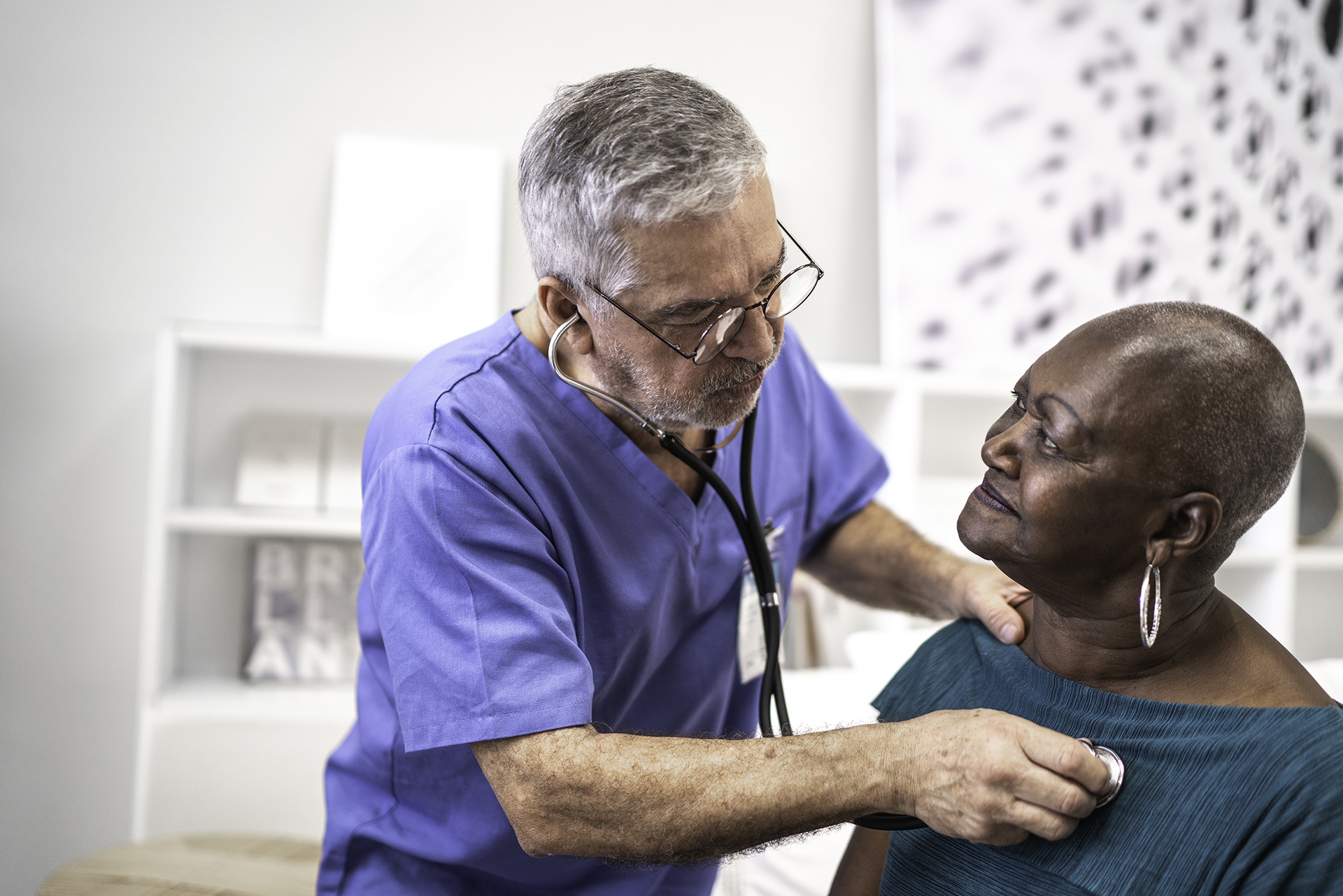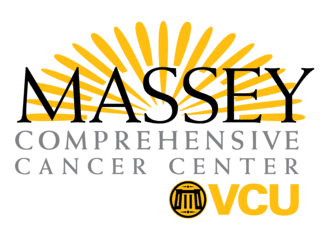Latest News
Research
Massey researcher studies the relationship of cholesterol to cancer growth
Jul 20, 2017

VCU Massey Cancer Center researcher Gregorio Gil, Ph.D., studies the functions of cholesterol in the development of colon cancer in order to identify targets for novel therapies to treat or prevent the disease.
He joined Massey as a member of the Cancer Cell Signaling (CCS) research program in 2017 and is a professor with tenure in the Department of Biochemistry and Molecular Biology at the VCU School of Medicine.
Gil said the concept that cholesterol may be related to cancer growth is not new because the progression of a tumor is characterized by rapid cell division.
“For cell division, you need to make membranes. To make membranes, you need to make cholesterol. For the last 40 or so years, there were many attempts to control cancer by controlling cholesterol synthesis, but none of them have been successful,” Gil said.
Although much is already known about the process of cholesterol production, much more remains to be learned about how cholesterol moves around within the cell.
More than 90 percent of cellular cholesterol is located in the plasma membrane, according to the American Society for Microbiology. However, cholesterol is synthesized in a separate organelle, the endoplasmic reticulum, meaning cholesterol has to be transferred within the cell at some point. Likewise, cholesterol taken from the diet has to be distributed to the different organelles.
Based on collaborative research with hematologist-oncologist Bhaumik Patel, M.D., a member of the Developmental Therapeutics research program at Massey, and Michael Pandak, Jr., M.D., from the VCU Department of Internal Medicine, Gil has discovered strong indications that a specific protein, StarD5, plays a primary role in the mediation of cholesterol movement and, furthermore, the development of colon cancer. He believes that it could become a major target for a novel therapy.
Using cancer mouse models with weakened immune systems, Gil discovered that inhibiting the activity of StarD5 correlated with a significant reduction in the size and number of tumor cells.
“Our most promising data is identifying this protein in the development of colon cancer in vivo [testing in living organisms],” Gil said.
Gil, along with Pandak, Jr., is waiting to hear back on a pending application for a $1.25 million R01 grant from the National Institutes of Health to further this research.
“I’m always excited to understand how things work and to specifically understand how this protein functions within the cell. Ultimately, I’m excited to uncover how its functions lead to the growth of cancer cells, as well as other malignancies such as atherosclerosis [plaque buildup in the arteries] and fatty liver disease,” Gil said.
Gil grew up in La Rioja, a province of northern Spain famous for its thriving wine industry. He pursued undergraduate academics in chemistry and pharmacy at the Universities of Zaragoza and Barcelona before receiving a Ph.D. in biochemistry from the University of Barcelona in 1981.
Originally, Gil only intended to live in the United States for two years when he completed his postdoctoral fellowship in the Department of Molecular Genetics at the University of Texas Southwestern Medical Center. However, an opening as an assistant professor in biochemistry at UTSMC immediately following his fellowship would be the beginning of what has become a 33-year career in the U.S.
He moved to Massachusetts in 1988 to become an assistant professor in biochemistry and molecular biology at the University of Massachusetts Medical School, where he remained for nearly a decade.
In 1997, Gil was drawn to VCU as an associate professor in the Department of Biochemistry and Molecular Biology. One of the biggest attractions for him was an informal group of molecular biologists in the Richmond area comprised of researchers who shared a common interest in studying the cellular functions of cholesterol. They exhibited a unique sense of collaboration that Gil had not experienced elsewhere.
“The willingness to collaborate was key. I think it has become clearer now that collaboration is very essential in scientific research, but 20 years ago it wasn’t that important,” he said.
Gil was named an Established Investigator by the American Heart Association in 1989-1994, and he has had his research published in nearly 60 peer-reviewed journals, including Hepatology, Journal of Biological Chemistry and Molecular Cellular Biology.
He lives with his wife, Irene, in Glen Allen. They enjoy the region’s robust dining culture, particularly Chinese and Spanish cuisine.
Written by: Blake Belden
Related News
Research
Massey researchers discover new genetic target that could shape the future of liver cancer treatmentJun 23, 2025
Research
Virginia health leaders emphasize community impact, collaboration at Virginia Public Health Summit on CancerJun 10, 2025
Research, Technology
Groundbreaking TACIT algorithm offers new promise in diagnosing, treating cancerJun 9, 2025

Get access to new, innovative care
Treatments in clinical trials may be more effective or have fewer side effects than the treatments that are currently available. With more than 200 studies for multiple types of cancers and cancer prevention, Massey supports a wide array of clinical trials.

Find a provider
Massey supports hundreds of top cancer specialists serving the needs of our patients. Massey’s medical team provides a wealth of expertise in cancer diagnosis, treatment, prevention and symptom management.
